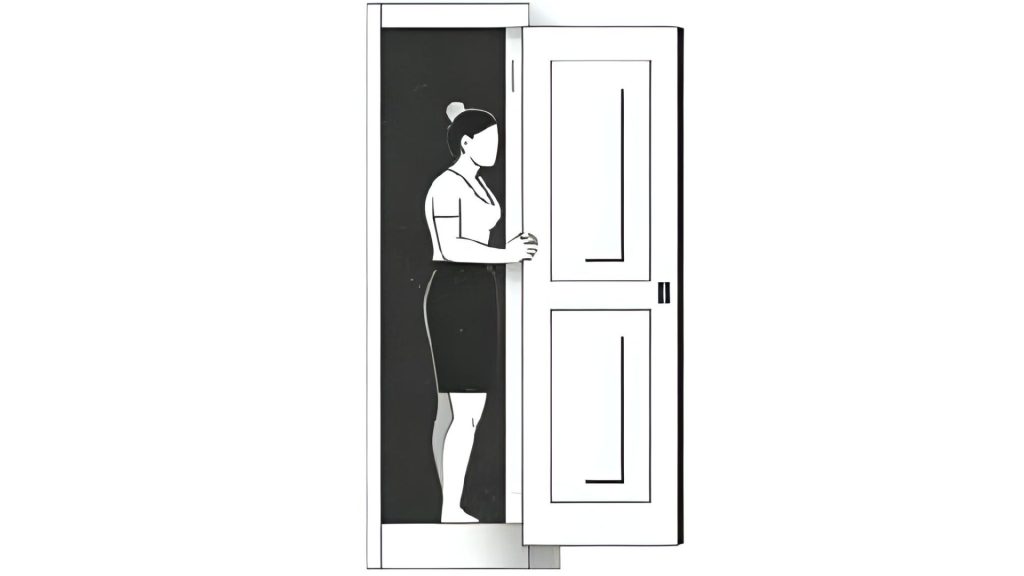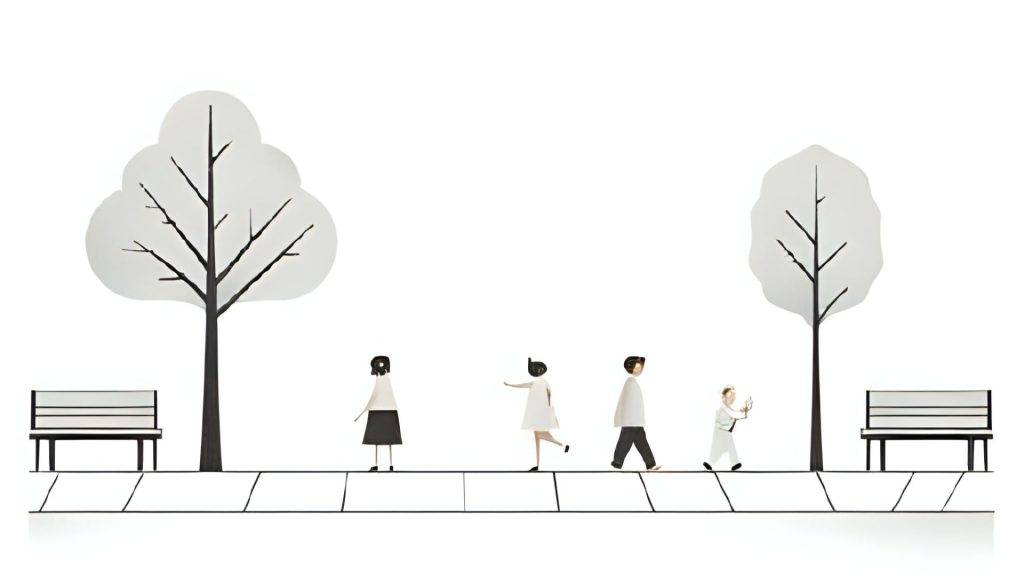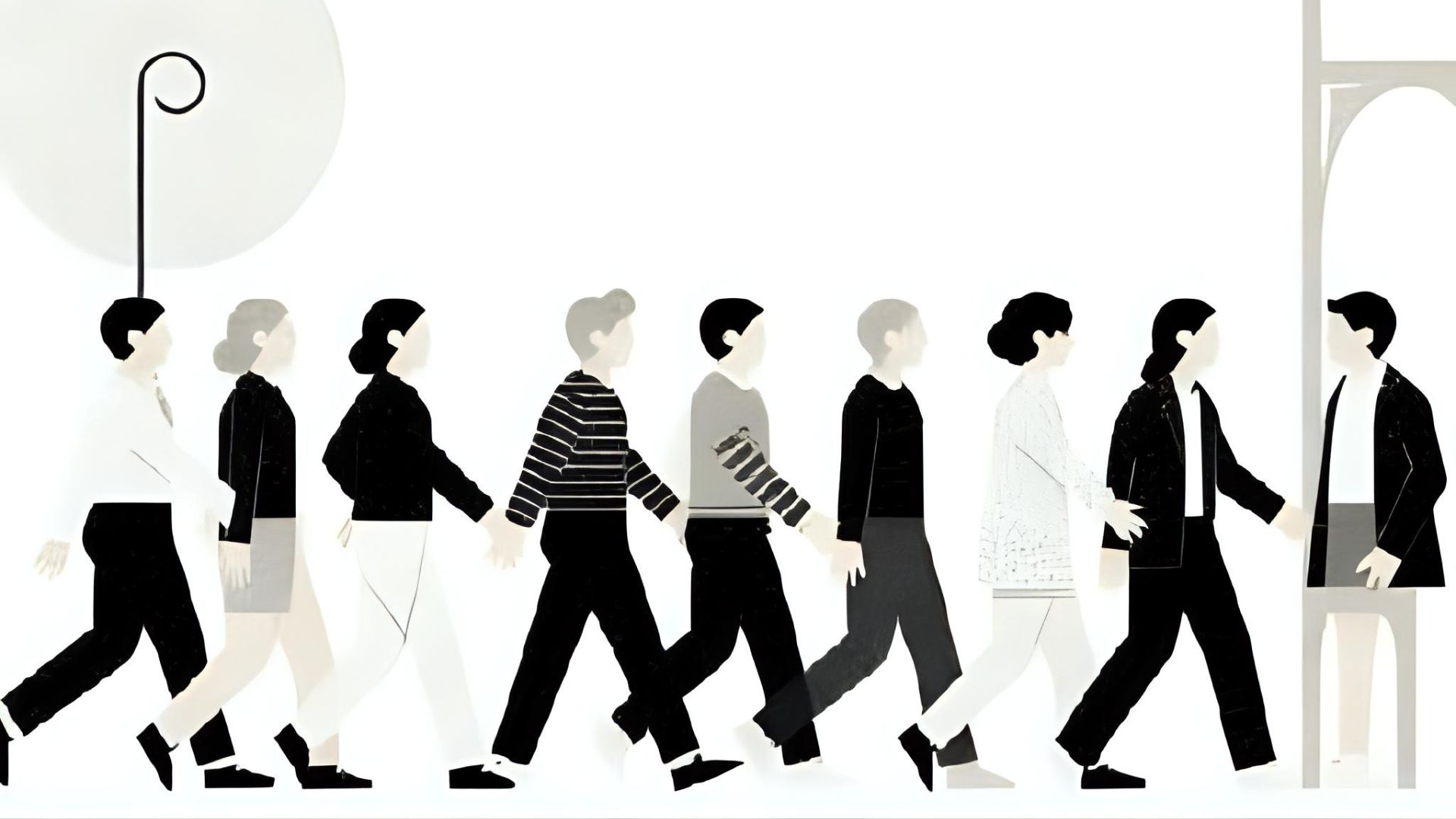Key takeaways:
- Learn how cities are waking up to the real costs of chronic noise and taking action.
- From Berlin to Barcelona, community-led noise initiatives are reshaping urban life.
- Thoughtful infrastructure, like sound barriers and green zones, can calm entire neighborhoods.
- Small advocacy efforts can lead to big changes in how your city handles noise.
I used to think noise was just part of life, especially in my current city life. But unfortunately, the deeper I’ve gone on this sound journey, the more I’ve realized: it’s not just about me. Or my walls. Or my apartment.
Because even after adding rugs, sealing vents, and layering curtains, I kept hitting the same thought: why should peace and quiet be a DIY project?
Our homes are connected to something bigger: our neighborhoods, our buildings, our cities. And if noise is everywhere, fixing it can’t always fall on the individual.
That shift, from personal frustration to public awareness, is what got me looking into the community side of noise.
And what I found? It’s more serious than I imagined.
Noise is now considered a public health concern by the World Health Organization, with long-term exposure linked to everything from heart disease to cognitive decline. But here’s what’s even more frustrating to me. Which is that most of us aren’t even aware of how badly it’s affecting us.
And because it’s invisible, because you can’t see sound obviously, it rarely gets treated like the real issue it is.
I know that constant noise is a real stressor. One that many communities are silently absorbing every single day.
So what happens when we stop looking at quiet as a personal luxury and start seeing it as a shared right?

We usually brush off noise like it’s no big deal. A barking dog here. A delivery truck there. Someone’s car alarm doing its dramatic solo at 2 a.m.
But just because we can tune it out doesn’t mean our bodies do, as we’ve discovered throughout this recent research quest I’ve been on.
Studies show that environmental noise, especially from traffic, trains, planes, and dense urban living, is doing more than just annoying us. It’s quietly chipping away at our health, our focus, and even our community bonds.
According to a major WHO environmental noise report, noise pollution contributes to:
- 48,000 new cases of heart disease in Europe per year
- 12,000 premature deaths
- Learning delays in children, especially in schools near flight paths or highways
Researchers from the European Environment Agency have confirmed that even low-level noise (like what you’d hear in a “normal” apartment near a busy street) still activates the body’s stress response.
In places with high levels of ambient noise, studies show that social trust drops. People are less likely to engage with neighbors, and are more likely to report a general sense of unease at home.
It all adds up to something that’s hard to describe, but easy to feel: our homes don’t feel like sanctuaries anymore. And when enough people in a community feel that way? That’s when the private discomfort becomes a public issue.

When Communities Fight Noise And Win
It’s easy to feel powerless when the noise feels constant. After all, you can soundproof your bedroom, wear earplugs to bed, and still be woken up by a motorcycle tearing down your street.
But some communities have taken action. And it worked.
In Berlin, a city famous for both its nightlife and its dense living, residents pushed for “quiet hours” legislation that makes it illegal to run loud appliances or play amplified music after 10 p.m. What’s interesting is that this rule was driven by neighborhood advocacy. People wanted to preserve the vibrancy of the city and protect their rest.
In New York City, the Department of Environmental Protection launched an entire initiative called “Sounds of NYC” in collaboration with NYU. They created a network of urban sound sensors and worked with engineers, scientists, and the public to actually map noise. The result was smarter zoning laws, adjusted bus routes, and noise-aware design in new buildings.
Even Paris launched a “Quiet City” campaign focused on reducing vehicle noise. The city redesigned certain roads to slow traffic, added more bike lanes, and installed noise-reducing surfaces near schools and hospitals. Within two years, peak noise levels in target areas dropped by 3 to 5 decibels. That may not sound like much, but our ears perceive that as a noticeable difference in loudness, more than enough to help people sleep or focus.
And in smaller communities too, like Ghent, Belgium, citizens got together to introduce car-free zones in residential neighborhoods, especially during school hours. Kids play outside more. Neighbors talk more. The soundscape changed and so did the mood.
These stories are proof that noise can be managed. That policies matter. That even in noisy cities, there are ways to design and govern with sound in mind.

What Local Action Can Look Like
You don’t have to be a city planner or an acoustics expert to make a difference. A lot of community noise change starts small. Maybe one street, one building, ore one petition at a time.
So what does that look like in real life?
Start with the data. One of the simplest ways to begin is to document the noise. Apps like the NIOSH Sound Level Meter let you record and log sound levels over time. This turns frustration into evidence, which is exactly what city councils, building management, or local newspapers pay attention to.
Also, you need to get familiar with your local noise ordinance. Most cities have guidelines, but enforcement often depends on complaints being filed. Knowing what’s allowed and when, can empower you to speak up without feeling petty.
Rally your neighbors. It’s much easier to be taken seriously when you’re not alone. If hallway echoes, late-night car alarms, or loud air conditioning systems are bothering you, chances are others feel the same. A simple group email or noticeboard message can spark a collective response.
You can reach out to your local officials. Whether it’s your district councilor, a tenant’s union, or the neighborhood association, these groups can elevate your concerns, especially if you come with data and solutions.
Want something even simpler? Suggest soft-surface upgrades in shared spaces. Lobbies with tile flooring? Suggest adding large rugs. Empty stairwells that echo? Wall-mounted panels can reduce reverberation for everyone.
And yes, even a well-worded letter or email to a landlord about shared space noise can have a ripple effect, especially if you can frame it not just as a complaint, but as an idea for improving tenant well-being.
And here’s the secret: many people don’t realise how loud things really are until someone points it out. A single suggestion, backed with a little science or a shared story, can start to shift the tone. (literally)

Quiet Is a Shared Right
Over the past few weeks, I’ve realized that quiet isn’t just something I crave after a long day; it’s something I deserve. And so do you. So does your neighbor. So does the kid trying to finish their homework two floors down, or the night-shift nurse trying to get some sleep at noon.
We often think of activism as loud. But in this case, silence is the revolution.
So if you’ve been on your own journey toward a quieter life: layering rugs, shifting furniture, sealing gaps, trying bedtime stories and pink noise, maybe now’s the time to look outside your four walls.
Who else is living through the same soundtrack? What small shift could help more than just you?
It could be something as small as a conversation, or as practical as suggesting a rug for the stairwell. It could be starting a thread in your building group chat or asking your councilor about local transport noise plans.
Whatever it is, it counts. Because when enough of us say, “This matters,” it does. And slowly, more communities might start building with our ears in mind, not just our eyes.

Leave a Reply